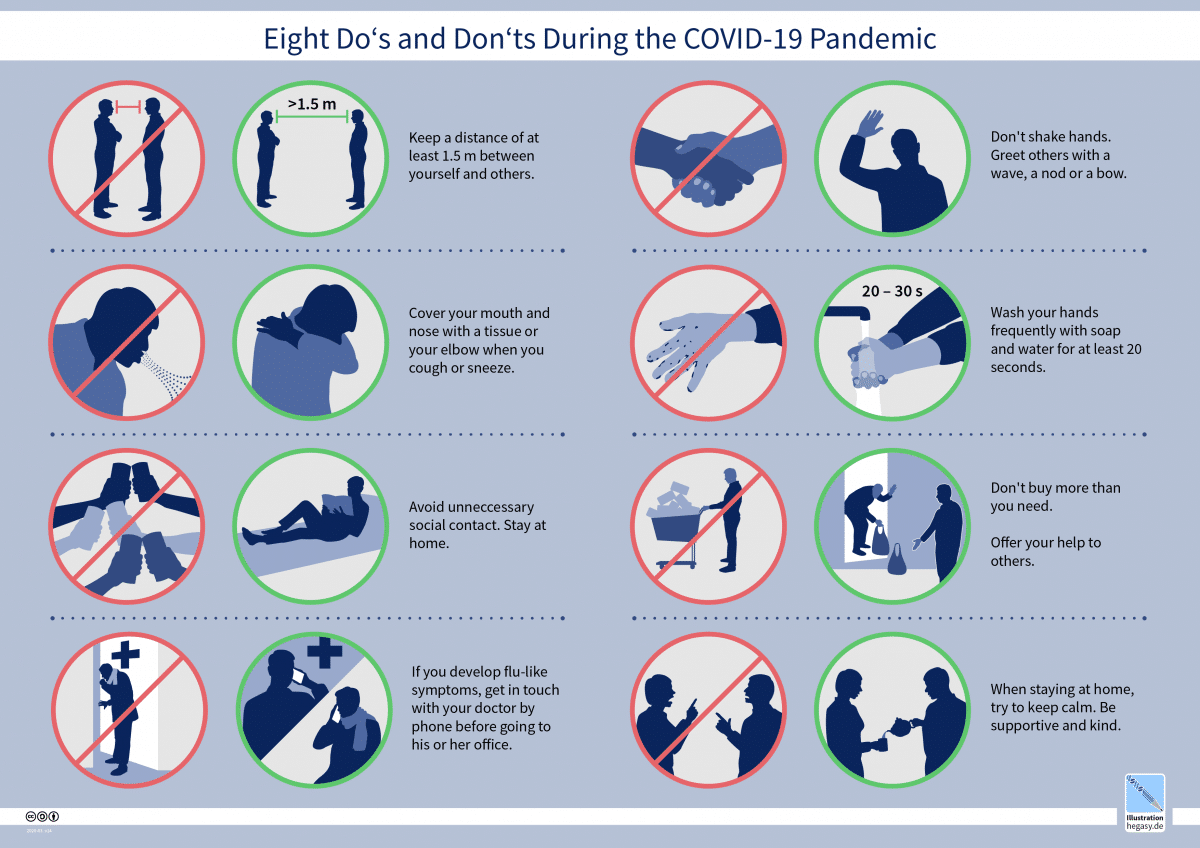Originally published on CEBM.net on 7 October 2020
Kavya Chowdhry
MSc in Nature, Society and Environmental Governance, University of Oxford
Correspondence to [email protected]
VERDICT
COVID-19 has highlighted existing racial and ethnic inequalities.
Cities may reinforce existing social inequalities and residents of a city do not have a uniform lived experience of the spaces around them.
COVID-19 has adversely affected marginalised groups in cities.
An effective policy response to the crisis should acknowledge the above.
BACKGROUND
As public health professionals foresee a probable second wave of Covid-19 in the UK, multiple studies have highlighted how the pandemic has laid bare and exacerbated social inequalities across countries. Ethnic, racial and religious minorities, indigenous people, migrants, old people, persons with disabilities, prisoners and other marginalised groups are adversely affected due to their lower socio-economic status, lack of access to sanitation, healthcare and housing facilities, loss of employment and higher chances of facing police brutality and increased gender based violence. The racial and ethnic disparity in the impact of the pandemic has been widely documented and analysed. Research in the US and the UK has shown how people from ethnic minorities are more likely to contract Covid-19, calling it the ‘other pandemic’.
RACIAL AND ETHNIC INJUSTICE IN CITIES
Contemporary research shows how aspects of city planning have in part been framed by racism and legacies of colonialism which continue to manifest in the current times, perpetuating racial injustice and inequalities. Even seemingly uncomplicated public amenities like bike lanes in the city are deeply imbued in the politics of urban infrastructure, being a possible sign of gentrification that may exclude, or displace, existing residents. This in turn reifies class and race structures inscribed within urban spaces.
Urban housing facilities and access to local green spaces in cities are not uniform for different groups residing there. A report titled ‘Community green: using local spaces to tackle inequality and improve health’ found that people’s concerns about their safety in local green spaces affect their use, and this concern is linked to their ethnicity. For example, the study found that only 53 per cent of Bangladeshi people reported feeling safe using their local green space as compared to 75 percent of white interviewees. Feeling unsafe was related to fear of personal attack or racism or fear of exclusion, presence of dogs, poor design and inadequate management.
For people from specific backgrounds, overcrowded housing has been one of the main barriers to social distancing in the pandemic. In the UK households with the highest rates of overcrowding are Bangladeshi (24%), Pakistani (18%), Black African (16%), Arab (15%) and Mixed White and Black African (14%). The Mayor of London, Sadiq Khan, reiterated how black, Asian and minority ethnic (BAME) households are more likely to be overcrowded, given that multiple generations often live under one roof, and are employed in precarious jobs, which can contribute to their worsened health.

HOW COVID-19 HIGHLIGHTED THE INEQUALITY IN OUR CITIES
During the first few days of the pandemic, cities like Paris and Barcelona witnessed wealthy residents moving out of the urban areas. Such access to separate residences is likely not to be an option for low-income groups. Residents displaced by gentrification, who live in lower quality and over-crowded housing conditions do not have such mobility and face higher chances of contracting covid-19, thus exacerbating their already precarious situation.
In a number of countries, marginalised groups are overrepresented in frontline work and essential jobs, and are at higher risk of being exposed to the virus. In India, many sanitation workers and basic health workers in India are women and from the lower-castes, who do not have access to secure housing and sanitation facilities. The COVID-19 policy response in India has intensified existing gender and caste inequalities, since measures like social distancing are unavailable to the urban poor and many people living in rural areas. Vulnerable neighborhoods already witness higher cases of ill-health because of air pollution, lack of access to open spaces, fewer food outlets and chronic stress because of facing police violence. In the US, studies suggest that people living in vulnerable neighborhoods are disproportionately people of color and thus, are more at risk of being infected.
The pandemic does not seem to be ending any time soon, and the suffering inflicted on the already marginalised groups across the world can only be assuaged by policy responses, and action, that takes into consideration the multiple lived realities of cities across different sections of society. COVID-19 policy responses by governments should acknowledge existing living conditions in urban areas across gender, caste, class, race and region and avoid blanket measures, address bias within medical care, and make demographic data on testing and treatment publicly available.
AUTHOR
Kavya Chowdhry is a student enrolled in the MSc in Nature, Society and Environmental Governance at the University of Oxford.
